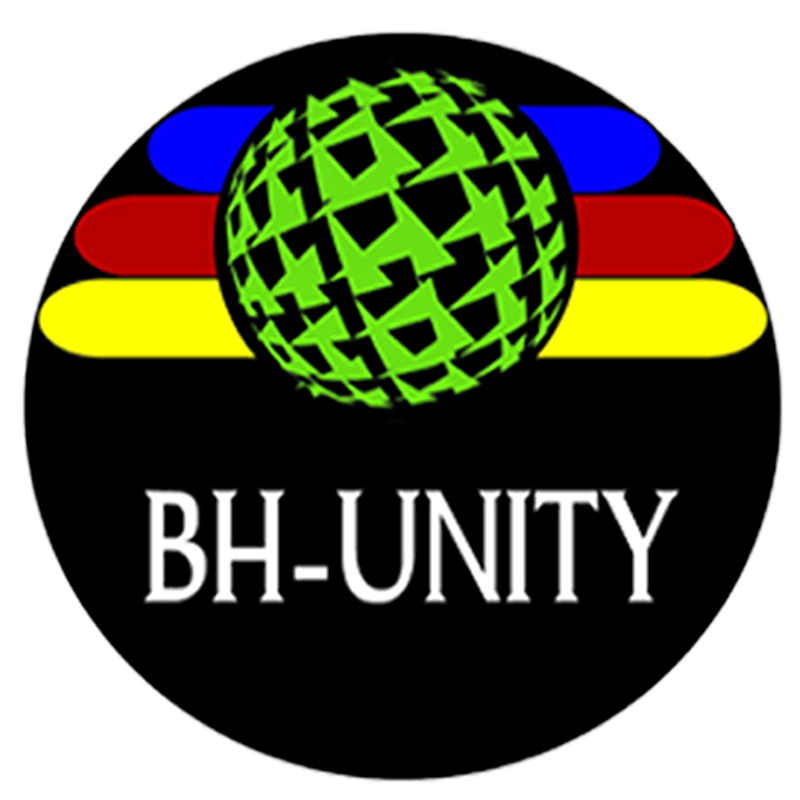1.8m UV roll-to-roll printer sets a new benchmark for wide-format printing!
The device can realize continuous roll printing and is suitable for a variety of flexible materials such as light cloth, car stickers, wallpaper, soft film, etc. It completely solves the pain points of traditional wide-format printers such as "slow printing, single nozzle adaptation, and large material limitations". It provides "efficient, high-quality, and highly compatible" solutions for large-size printing scenarios, and promotes the industry's transformation from "splicing printing" to "whole-frame output".
1.8m Ultra-Wide Format + Dual Printheads: A Breakthrough in Efficiency and Quality
Large-scale printing demands extremely high coverage and output efficiency. This UV roll-to-roll printer, through hardware upgrades, achieves the dual breakthroughs of "wide-format coverage without splicing + adaptable speed to various needs":
- 1.8m full-width output, eliminating the hassle of splicing
- With an effective printing width of up to 1.8m, the device can directly print mainstream large-format flexible materials such as outdoor lighting fabrics (regular widths of 1.5m/1.8m), soft ceiling panels (1.8m wide), and vehicle wraps (1.8m rolls). This eliminates the need for "multiple print sections followed by splicing" required by traditional 1.2m roll-to-roll printers.
- XP600/I3200 Dual Printheads to Adapt to Different Production Requirements
Two mainstream printhead options, the XP600 and I3200, are available to meet the efficiency and precision requirements of different scenarios:
- The I3200 Printhead: The "speed king" for mass production: Featuring 3200 nozzles and a maximum print speed of 30 m2/hour, coupled with a 1440 dpi resolution, it can quickly complete batch orders for outdoor advertising, large-scale wallpaper, and more.
- The XP600 Printhead: The "cost-effective choice" for small and medium-sized orders: While its speed is slightly lower (18 m2/hour), the equipment purchase cost is 35% lower than the I3200 configuration. Its robustness makes it ideal for advertising studios handling small-volume, large-format orders.
UV curing technology + full material compatibility expands business boundaries without limits.
The core advantage of UV printing technology lies in its "all-material compatibility." This device, through optimized UV ink and curing systems, enables stable printing on a wide range of flexible materials, breaking the material limitations of traditional solvent-based printers:
- Full coverage of flexible materials, adaptable to diverse scenarios.
It can stably print on over 10 flexible materials, including outdoor lighting screens, car body wraps, soft films, PVC rolls, canvas, and leather, without requiring surface pretreatment. A car modification shop used it to print a 1.8-meter-wide full-body wrap. The UV ink achieved 5B adhesion (100-grid test), and after six months of washing and exposure to the sun, it showed no fading or warping.
Eco-friendly UV ink + fast curing, balancing safety and efficiency.
Using UV-LED curing technology, the ink cures within 0.5 seconds after printing, eliminating the need for drying time. This allows for continuous "print-and-rewind" operation, eliminating the slow drying and smearing issues associated with traditional solvent-based inks. UV ink also emits no volatile organic compounds (VOCs emissions ≤ 10mg/m³), meeting national environmental standards.
Excellent weather resistance, ensuring greater durability for outdoor applications.
UV ink offers exceptional weather resistance. Printed outdoor lighting fabrics exhibit no cracking after testing at temperatures ranging from -30°C to 60°C. After 18 months of UV exposure, the color fades by only 8% (compared to approximately 25% for standard solvent-based inks).
With the combined advantages of "wide format, high efficiency and compatibility", this equipment not only helps enterprises improve production capacity and quality, but also promotes the transformation of the large-size printing industry to "no splicing, environmental protection and lightweight", becoming the "core productivity tool" in the current advertising and decoration field.
